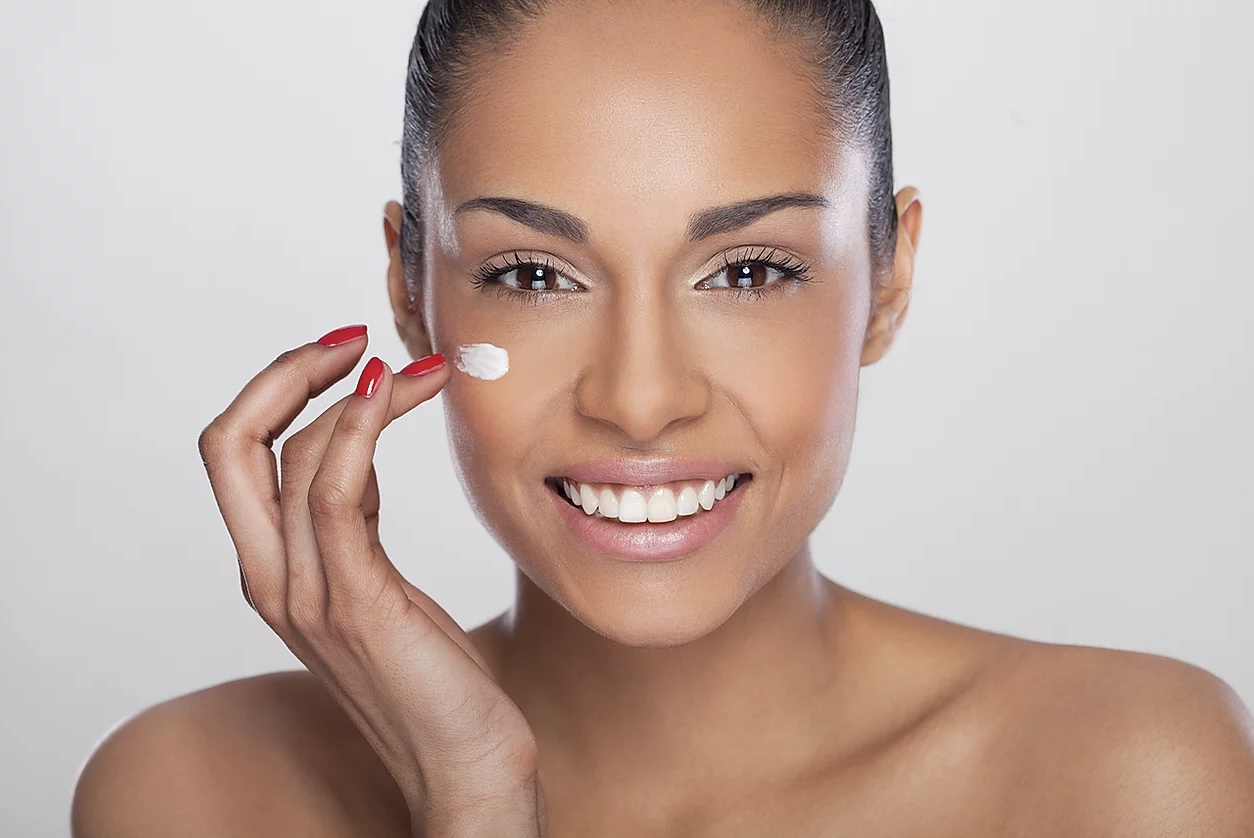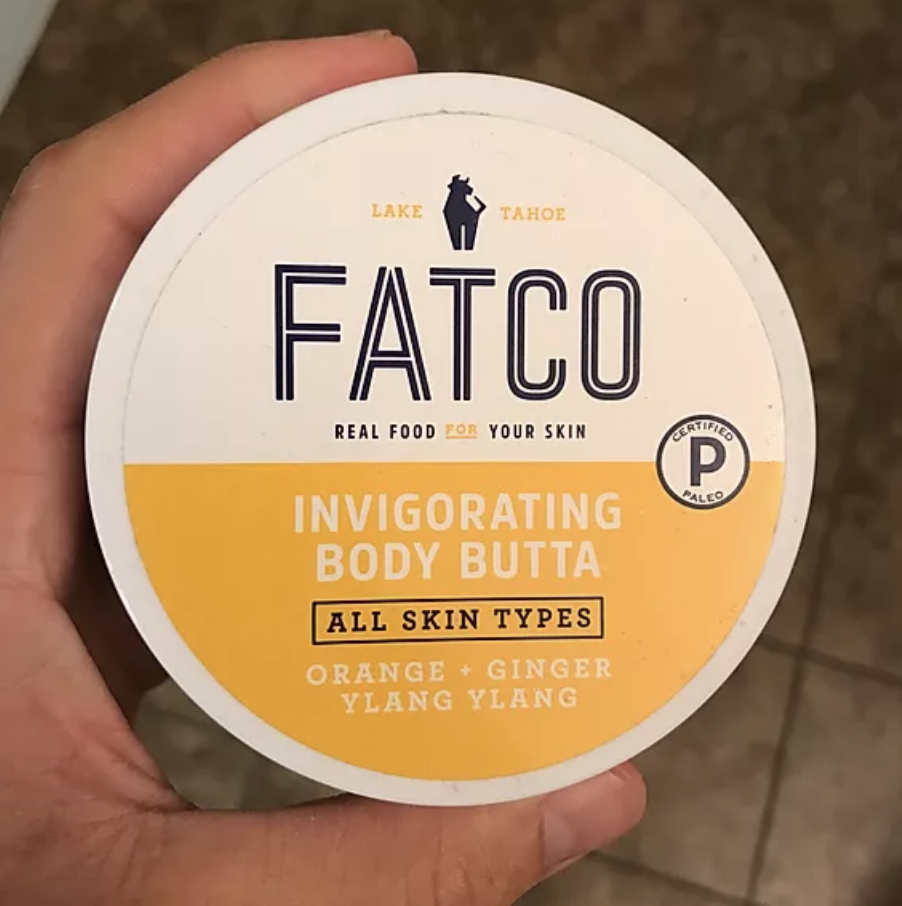What Goes ON Your Body Goes IN Your Body
One of my favorite health phrases is, "don't put on your body what you wouldn't put in your body". It's a saying I've probably said at least a thousand times when talking and working with people. Your skin will absorb pretty much anything you put on it ... and pretty quickly as well. So when talking about toxic chemicals and things that can disrupt our health and lower our quality of life it's important to understand what is in your health & beauty products and cosmetics. "Yeah, but isn't that a little thing? Don't I have bigger things to worry about", are two questions I get asked a lot.
Here's The Problem
A few (scary!) things to think about:
: : Only 11 chemicals have been banned in the US
- In Canada? 650! The European Health Union? Over 1,300!
: : Currently there are 80,000 synthetic chemicals that have not been fully tested
- Source: Natural Resource Defense Council
: : US Government regulations regarding cosmetics haven't been updated since 1930!
: : There are no legal definitions of "natural" and organic
: : Frangrances are considered "trade secret"
- So by law manufacturers do not have to disclose ingredients - typically the generic term "parfum" can mean anything
*Sourced from the Think Dirty app. But more on that later.
So going back to the questions I get asked often that I listed above, yes, that small amount of Speed Stick deodorant that you applied to your underarm this morning is a little thing. But the little things add up to being the big things.
The little things ARE the big things.
How many sticks of that roll-on deodorant have you applied to your underarm throughout your life? How much lotion have you applied to your face, hands legs and the rest of your body? How many times have you worn lipstick? Did you know that the Campaign For Safe Cosmetics reported that 61% of all lipstick contains the neurotoxin lead. Many people have heavy metal "toxicity" with lead many times leading the way.
See what I mean? The little things are the big things.
Many of the products that may very well be in your bathroom cabinets and drawers right now contain chemicals that can disrupt your endocrine system and in turn your hormonal balance. There can be cancer causing chemicals lurking inside of them as well.
Here in the states the FDA requires that there be proof that an ingredient causes harm before removing it from a product. In many other parts of the world that notion is flipped on it's head: one must prove an ingredient is safe before it can be used for public consumption.
Sometimes common sense isn't so common.
It's safe to assume most of us in modern society use soap and/or shampoo pretty much every day. Ever take a peak at the ingredients list to see what's inside? Dr. Mercola put up a great article about those ingredients and what you are really slathering up your skin & hair with. But he goes on to talk about other cosmetics as well. In that article he recalls a study on teenagers where 16 different hormone-altering chemicals were found inside their bodies. We need to make more people aware that many modern problems, including what many couples fear when they try to have a child and find it extremely difficult, that many of these products we use, over the course of several years, can do tremendous damage to our bodies, their ability to create hormones properly and even procreate!
Check out that article here.
For an even bigger list of chemicals that are in cosmetics & beauty products that you want to avoid click here to learn more.
So what do we do?
The first thing I recommend someone do who needs to "clean it up" is to go to http://www.ewg.org
EWG, or the Environmental Working Group, has already done most of the work for you. You can go to their website, type in a product you use and find out the ingredients, if they are good or bad, and why they are good or bad.
Here's a screen shot from the EWG website of a common women's product (according to a few women I asked).
You can see the overview it gives. If you want to move quick through the website simply look at the score in the upper lefthand corner. EWG scores all products on a 1-10 scale. 1-2 are in green and the cleanest options with little to no hazard, 3-6 are yellow with "moderate hazard" and 7-10 are listed in red and deemed "high hazard" to you health.
You can also see the different categories and where the product fails or succeeds in regards to it's ingredients.
If you scroll further down the page you'll get an itemized report of the specific ingredients in the product.
Shown here is the same product after I scrolled down the page a bit:
Remember the reproductive problems I referred to above? Could it be from something as small as the lipstick you apply to your lips daily? I'll say it again, the little things are the big things.
*To go directly to the EWG consumer guide to cosmetics click here.
The More You Know
First off, you need to check the ingredients. Ignore the front of the label - that's all marketing. The term "all-natural", "chemical-free" and even "hypo-allergenic" and "organic" are buzz words to cause you to purchase their item. What does mean something are terms like "paraben free" and "phthalate free". Those are ingredients you definitely want to avoid in your products.
So look at the ingredient list and see what's really in there. If you don't know something or it looks suspicious look it up.
The easiest way to check out something on the go is the Think Dirty app!
You can download the app to your phone and when you're shopping simply open the app and use the in-app scanner to check out a product. It'll give you a read out much like the EWG website so you can quickly decide if that product is right for you.
Here's an example:
As you can see it gives you heaps of information and content with most of it clickable for even more insight. You can even get recommendations as well as some common products to avoid.
Two of my absolutely favorite clean product companies are Primally Pure and Fatco.
I have had the good fortune of meeting and befriending the founders of both of these companies. I have been able to watch as their businesses grow as more and more people get turned on to using clean products made from real, healthy ingredients.
Cassie, of Fatco, uses beef tallow from organic, grass-fed cows as the main ingredient in many of her products. (Hence the name Fatco!)
Bethany discovered real food and the power it had in healing the body. She started making clean products and selling them on her family farm's website. She hasn't looked back since.
Here some of my favorite products as well as shots of the ingredients list:
That lip balm legitimately tastes like a creamsicle. It's unbelievable!
The bottom line.
When thinking about your health it's not just about proper movement and eating right. It's not just about sleeping enough. It's not only about having loving, happy, healthy relationships. It's not just about being managing your stress. One more thing to think about is the level of toxic load you are putting on your body by what you are literally putting on your body! I read somewhere that women who wear makeup daily ingest 5 pounds of chemicals every year!
That's crazy!!
Use www.EWG.org. Use the Think Dirty app. And use your common sense. It may cost a bit more in the short-term. But long-term it will save you a whole lot and help you lead a healthier and happier life.
-Coach Phil








